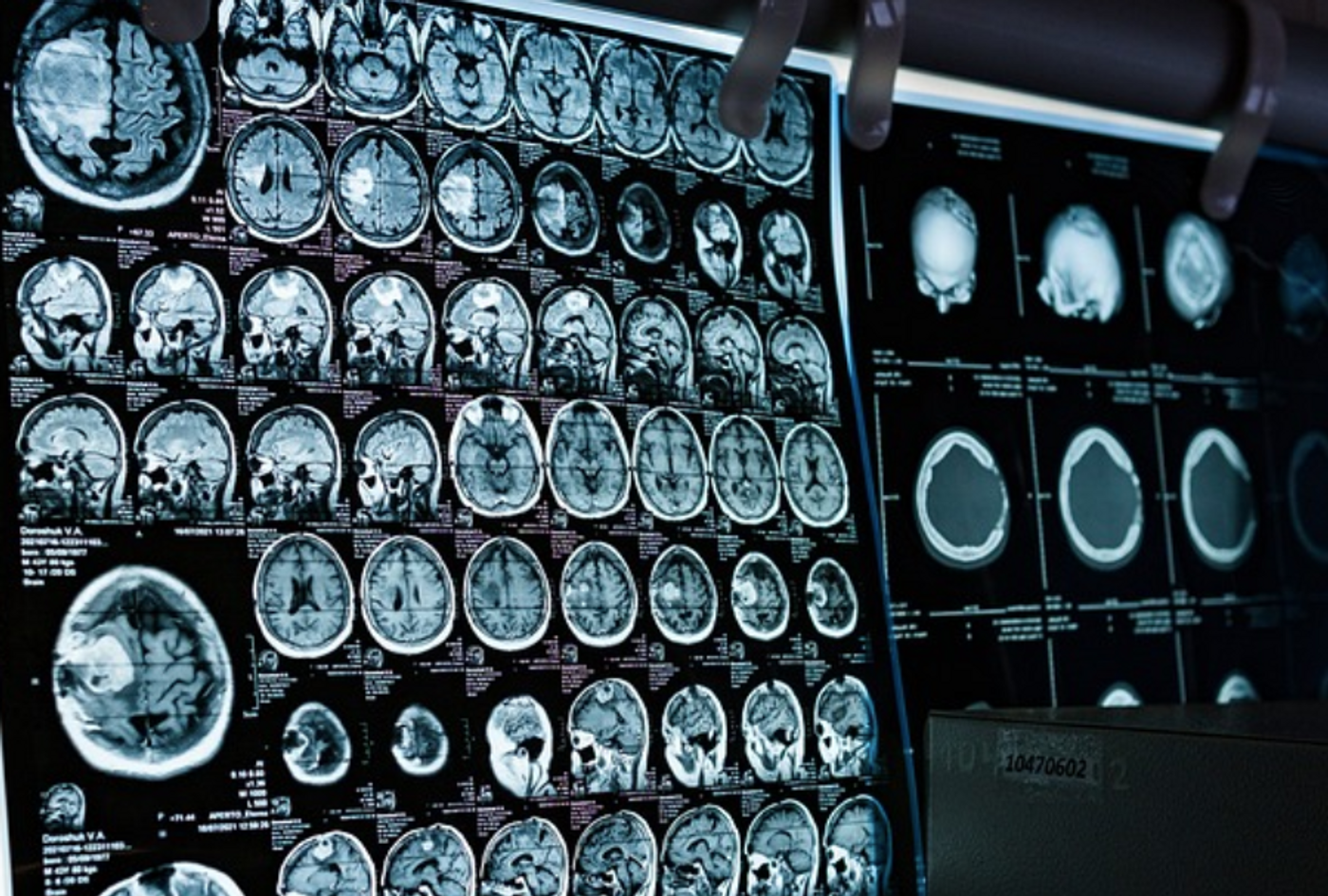Microstructural Changes in the Brain Could be Used to Diagnose Autism
Diagnosing autism spectrum disorder can be challenging, in part because it can present in very different ways among different patients. Researchers and clinicians have been looking for ways to use brain imaging tools like MRIs to diagnose the neurodevelopmental disorder for over 20 years. Research has suggested that in patients with autism, there are detectable, measurable structural changes in the brain compared to unaffected people.
One technique called diffusion MRI can be used to assess how fluid moves in the brain and interacts with its structures. In a new study reported in PLOS One, scientists used diffusion MRI data to create models of microstructures in the brain, and assess how they are different in the brains of autism patients.
In this effort, the conductivity of a part of nerve cells called axons can be measured, which can show how well neurons move signals through the brain. The microsctructural changes in autism patients were directly linked to their scores on a common tool used in autism diagnostics called the the Social Communication Questionnaire.
"What we're seeing is that there's a difference in the diameter of the microstructural components in the brains of autistic people that can cause them to conduct electricity slower. It's the structure that constrains how the function of the brain works," explained first study author Benjamin Newman, a postdoctoral researcher at the University of Virginia.
People who are diagnosed with autism would normally see their own doctor or a specialist in their area, which means that the clinical assessment can be very subjective, and depends very much on the person who is making the diagnosis. A tool like this could help standardize those diagnostic methods.
Study co-author and UVA professor John Darrell Van Horn noted that physiological measurements that might be used to diagnose autism could also help reveal why the disorder arises in the first place. This method could provide new insights.
"It's asking not if there's a particular cognitive functional activation difference; it's asking how the brain actually conducts information around itself through these dynamic networks," explained Van Horn. "And I think that we've been successful showing that there's something that's uniquely different about autistic spectrum disorder-diagnosed individuals relative to otherwise typically developing control subjects."
The investigators also want to develop better ways to treat autism. This novel technique could enable clinicians to evaluate how well treatments are working in patients as well, they noted. The approach might also be modified for studying patients with neurodegenerative diseases such as Alzheimer's too.
"This is a new tool for measuring the properties of neurons which we are particularly excited about. We are still exploring what we might be able to detect with it," Van Horn said.
Sources: University of Virginia, PLOS One




![[Guide] 7 Strategies to Boost Laboratory Collaboration](https://d3bkbkx82g74b8.cloudfront.net/eyJidWNrZXQiOiJsYWJyb290cy1pbWFnZXMiLCJrZXkiOiJjb250ZW50X2FydGljbGVfcHJvZmlsZV9pbWFnZV83YzBjZWIwM2Y5YzI4MmFlYzBhZDZhMTcyNTQ1ZGU3YmE4Y2MzMDYyXzUxNDkuanBnIiwiZWRpdHMiOnsidG9Gb3JtYXQiOiJqcGciLCJyZXNpemUiOnsid2lkdGgiOjcwMCwiaGVpZ2h0IjozNTAsImZpdCI6ImNvdmVyIiwicG9zaXRpb24iOiJjZW50ZXIiLCJiYWNrZ3JvdW5kIjoiI2ZmZiJ9LCJmbGF0dGVuIjp7ImJhY2tncm91bmQiOiIjZmZmIn19fQ==)




